
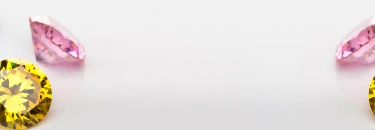
Diamond Color Guide:
Understanding Diamond Color Grading
Understanding Diamond Color
The color of a diamond is evaluated based on a grading system that identifies the extent of color present in the gemstone. Interestingly, this grade often indicates the lack of color in a diamond, rather than its presence.
White diamonds are assessed on a scale from D (completely colorless) to Z (light yellow or brown), according to a grading system established by the Gemological Institute of America. As one transitions from D to Z on this scale, the diamond transitions from an icy, colorless hue to exhibiting subtle shades of yellow or brown.
Make an Informed Decision:
At Diamond Lab, we primarily incorporate GIA-graded diamonds into our natural diamond designs, while IGI is our preferred grading institution for lab-grown diamonds. Each diamond that we provide is accompanied by a certificate which states its color, clarity, carat, and cut grade (for round diamonds).
Diamonds graded D – F are colorless, exuding an icy white appearance. These are the most uncommon color grades and hence, command the highest price tag.
Diamonds graded G – J fall under the nearly colorless category. Their color differences are so slight that they are almost indistinguishable to the untrained eye. Most diamonds within this near colorless range don’t exhibit a noticeable tint.
Though the color grading system extends to Z, at Diamond Lab, we recommend and only offer diamonds of color grade L and above. You can peruse diamonds with a color grade D-J via our diamond search feature. Please reach out directly to one of our consultants if you’re interested in a diamond with a color grade K-L.
What are the origins of trace colors in diamonds?
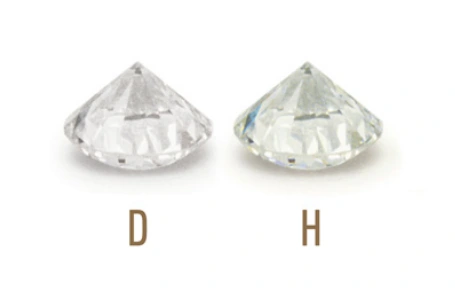
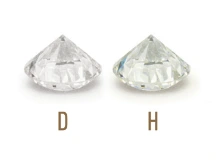
A diamond with a lower color grade may exhibit shades of yellow, brown, or even a greenish tint. This occurrence is due to trace elements embedded within the diamond’s pure carbon structure that induce the presence of color. Nitrogen, for example, is responsible for the yellow and brown tints in some diamonds. The more intense the color, the higher the concentration of nitrogen.
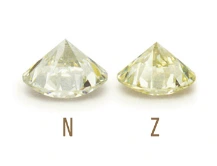
Fancy colored diamonds also owe their unique hues to the presence of trace elements. Blue diamonds, for instance, contain traces of boron. Some diamonds, like the pink ones, derive their color not from trace elements, but from their crystal structure. In the case of pink diamonds, this unique structure absorbs most colors in the spectrum, reflecting a red-pink light.
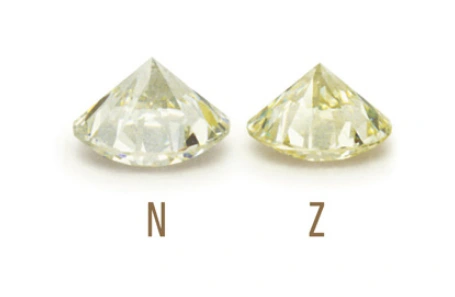
What diamond color grade is considered the best?
In the realm of diamond color grading, a completely colorless diamond is exceedingly rare and therefore demands a higher price due to its scarcity. As the color grade increases, the presence of color in the diamond diminishes. Conversely, a lower-grade diamond is likely to show a faint yellow or brown tint.
If securing the highest diamond quality is your priority, you might want to consider choosing a D, E, or F grade diamond that falls within the colorless category. These diamonds are incredibly scarce, a fact that is reflected in their premium pricing.
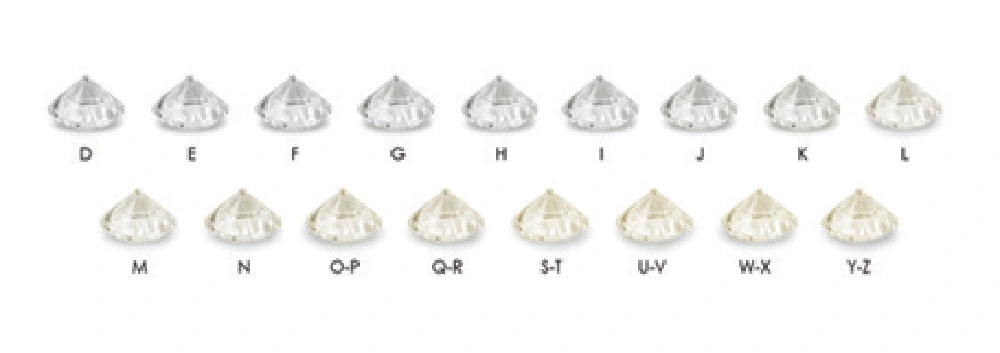
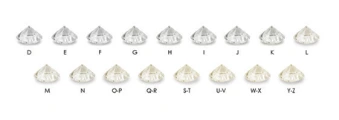
However, if your aim is to allocate your budget evenly across the 4 Cs of diamond quality (color, cut, clarity, and carat), you might opt for a diamond graded G-J. The color difference between these grades and the colorless category is barely perceptible to the untrained eye. This strategy could allow you to select a diamond with a higher clarity grade or carat weight, thus achieving an excellent balance between cost-effectiveness and overall aesthetic appeal.
Expert Advice:
If your diamond is planned to be set in 18 carat yellow or rose gold, opting for a diamond with a slightly lower color grade could be a savvy choice. The warm tones inherent in these types of gold will enhance the bright white shine of the diamond, making it appear more colorless.
Choosing the Color of a Lab-Grown Diamond:
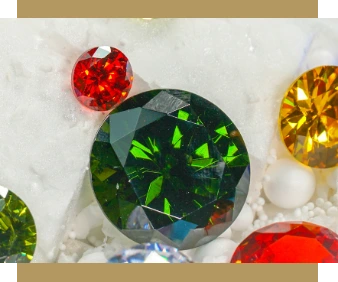
When selecting the color of a lab-grown diamond, similar principles to those of natural diamonds apply. These diamonds are graded on the same D to Z scale for color. However, it’s important to remember that lab-grown diamonds often have fewer inclusions and impurities due to the controlled environment in which they’re created. This often results in higher color grades. You may opt for a higher color grade if you prefer a diamond with minimal color, or choose a lower grade to accommodate your budget without significantly compromising the diamond’s appearance. As with natural diamonds, the color of a lab-grown diamond can be beautifully complemented by the metal choice of the jewelry setting.
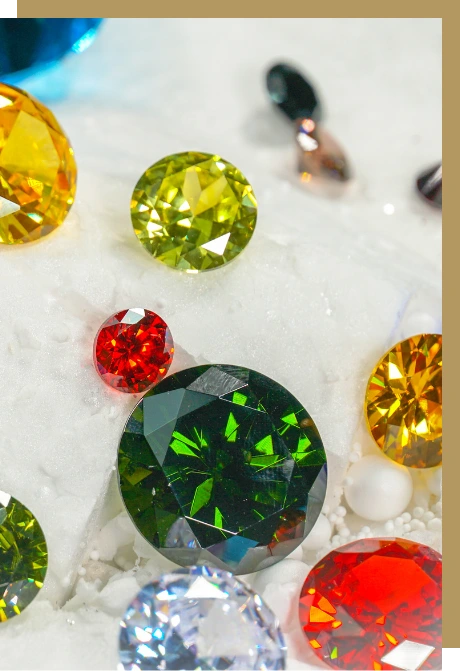
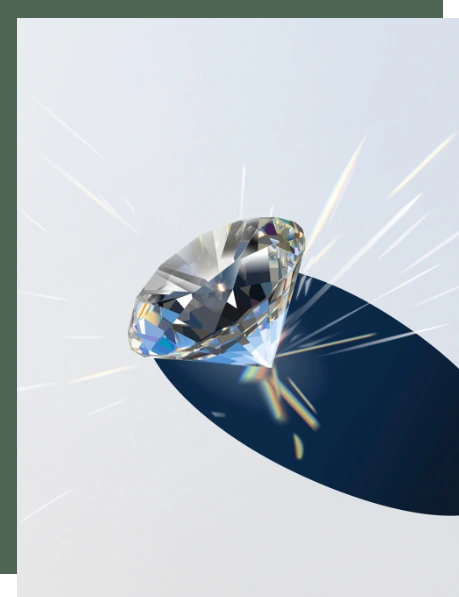
What is the influence of fluorescence on diamond color?
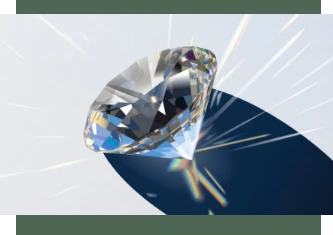
An additional facet to consider when evaluating diamond color is fluorescence, which refers to the blue glow that is emitted when a diamond is subjected to UV light.
As per GIA’s findings, less than 0.2% of diamonds with exceptionally strong fluorescence might exhibit a hazy or oily appearance under natural daylight. When you’re selecting a diamond, it’s recommended to consider the factor of fluorescence only after evaluating the other aspects.